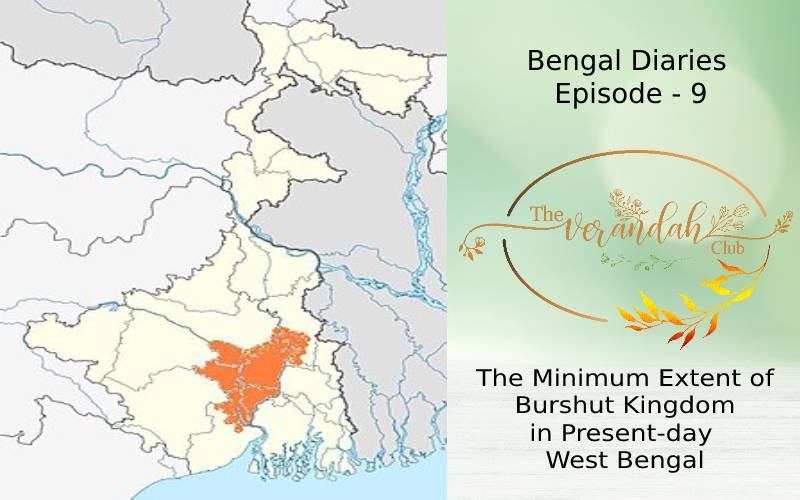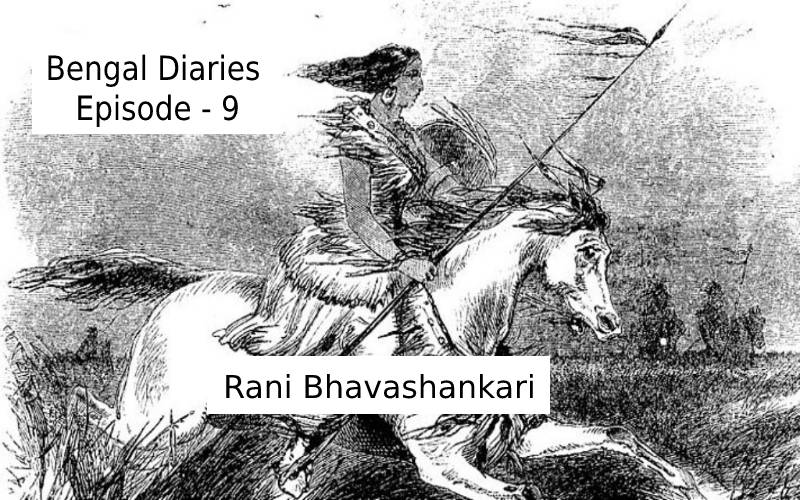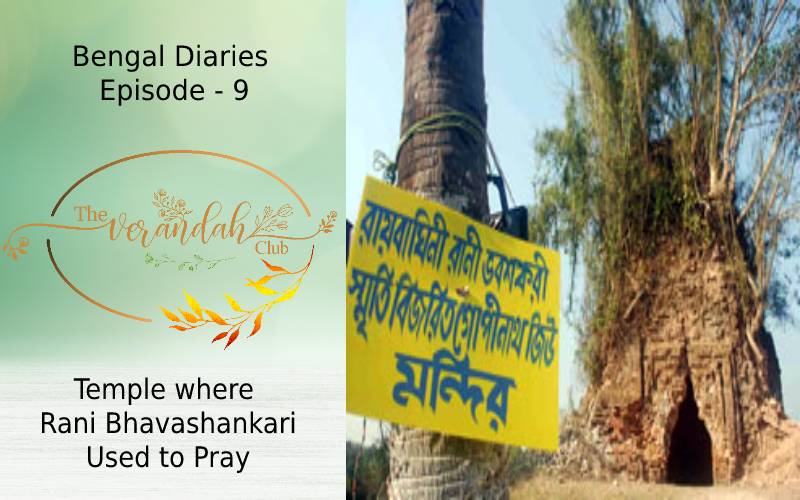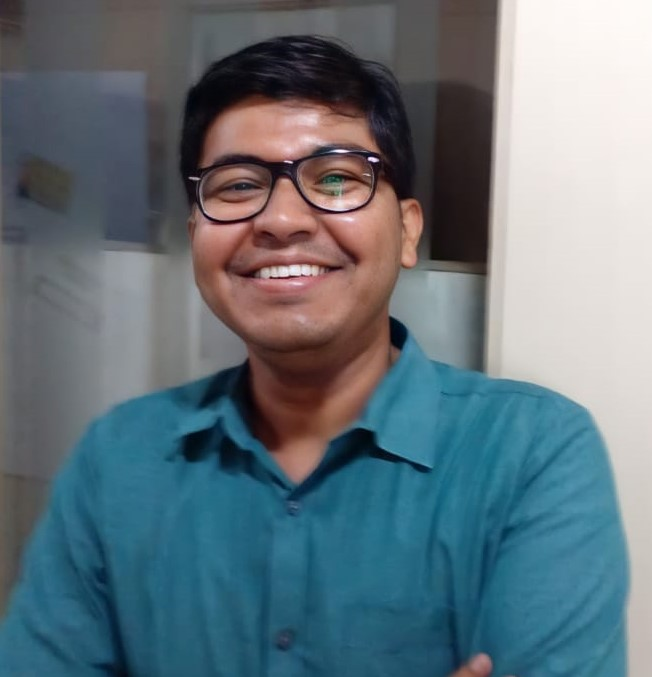
In the present day, Howrah and Hooghly are two adjacent districts of the great metropolis of Kolkata. Both districts have an ancient history that predates colonial settlements. Sometime in the 14th – 15th century, a small kingdom existed covering the spread of these two districts ruled by a Dhibar (fishermen) family. Their rule was ended by a Brahmin warrior hailing from the western extremities of Bengal. His progeny became the new rulers and the kingdom earned fame as 'Bhurisrestha' or more commonly 'Bhurshut.'
In the sixteenth century, Rudranarayan Raymukhuty became the king of Bhurshut. He expanded the kingdom’s territories to include large parts of present-day districts of Midnapore and Bankura of West Bengal and made Bhurshut, the most powerful force in Bengal. He raised a navy and had his warships patrol on river Damodar to ward off any surprise river attack. Rudranarayan also played a pivotal role in weakening the power of the Pathan Sultanate of Goud in northern Bengal. During his reign, there was a Nayak (captain) in the Bhurshut army by the name of Dinanath Chaudhuri. Chaudhuri was a high caste Brahmin who was an excellent soldier. His first born was a girl who was named, Bhavashankari. Dinanath Chaudhuri made no distinction between his daughter and his second, a son. Bhavashankari was educated not only in philosophy, languages, theology, astronomy etc., but also in swordfight, horse riding, archery, political sciences and war strategies by her father. By the time she reached her youth, Bhavashankari had become an extremely skilled warrior with special proficiency in sword fights and hand-to-hand combats.
One day, king Rudranarayan was sailing on the royal boat on the Damodar when an amazing sight greeted his eyes. On the heavily forested banks of the river, he saw a young woman in a death fight with a ferocious wild buffalo. Displaying extreme courage and skill, the woman killed the buffalo with just a spear. The king was love struck. He declared he wanted to marry this girl. The girl was none other than Bhavashankari. Most common girls would have jumped at the opportunity to marry the king of the land. But Bhavashankari was made of different mettle. She had vowed that she would only marry a man who could defeat her in combat. As this was out of the question with the king, she changed her condition. If the king could hack off the heads of two buffaloes with one stroke of his sword in front of the royal deity, Ma Rajballavi (a form of goddess Chandi), only then she agreed to the marry him. Rudranarayan was a formidable warrior himself. He duly performed the sacrifice and won the lady’s hand and her heart.
After marriage, Bhavashankari, the queen of Bhurshut, proved a great consort for King Rudranarayan. Her training in political science and war strategies now came useful. She started acting as an advisor to the king in military matters. It was under her influence that Rudranarayan made conscription mandatory in his kingdom. She ordered construction of new fortresses along the borders of Bhurshut and renovation of older ones. She also often visited military outposts and discussed strategies and training with army commanders. Bhavashankari was an ardent devotee of Devi Rajballavi. Legend has that she once asked the goddess for the boon that no man can defeat her in war. She began a fast to please the goddess. On the third day of the fast, in her sleep, the goddess appeared before her and told that a sword with her blessings lay at the bottom of the lake next to the royal temple which would make the queen invincible in war. Next day, Bhavashankari took a bath in the lake and dived down to find a sword that she witnessed in her dream. She offered Puja to the goddess as a way to thank her for the blessings.
Soon, the royal couple was blessed with a baby boy who was named as Pratapnarayan. However, when Pratap was five, disaster struck. Rudranarayan suddenly died from a brief illness. Bhavashankari was distraught. In line with the customs of the time, she expressed the desire to commit Sati. However, the royal priest forbade her from doing so. She was reminded that with Rudranarayan deceased and her son a young boy, her primary responsibility now lay towards him and also towards her subjects. She went into mourning for three months. Meanwhile, there were dark clouds on the horizon. After being chased away from Bengal by Akbar’s forces, the Pathans had taken refuge in Odisha. From there, they planned to reclaim Bengal. Bhurshut being the most powerful kingdom became their primary target. They plotted to take over its riches and armed forces.
At this critical moment, Chaturbhuj Chakravarti, the Commander-in-chief of Bhurshut, opted to betray the queen. Lured by the promise of the throne, he entered into a secret pact with Osman Khan, the leader of the Pathans. Chaturbhuj and Osman schemed for Pathan soldiers to secretly infiltrate the royal capital and to imprison Bhavashankari and her young son. Fed with intelligence by the traitor Chaturbhuj, a contingent of the Pathan’s finest soldiers took the disguise of Hindu monks and entered Bhurshut. Another contingent of 200 soldiers also in disguise followed them. However, they had underestimated their opponent. Bhavashankari had established a network of spies all over the kingdom especially near its borders. Osman Khan and his men were spotted by a spy and news reached Bhavashankari. She, however proceeded unperturbed with her daily actions. Every evening, after taking bath in the lake, she performed worship of Lord Shiva. That evening was no exception. Outside the temple, her female bodyguard corpse, informed her of the impending attack which made her stand with rapt attention.
The advanced party of the Pathans entered the temple complex thinking they had the element of surprise. But to their shock, they soon realized they were not the predator but rather the prey. They were defeated by the queen’s guards and in attempting to escape, most were killed by the palace guards. This news put the second contingent in disarray. They were slaughtered by Shaivite warrior monks in jungles near the border. Bhavashankari suspected Chaturbhuj’s involvement in this whole ploy but did not have proof. Still, she replaced the commander-in-chief. Enraged, Chaturbhuj reposed his loyalties to Osman Khan. A plan was again hatched to assassinate Bhavashankari on the night of her formal coronation. However, Bhavashankari’s new commander, Raja Bhupathi Krishna Ray got wind of this new conspiracy and alerted the queen. On elephant back, Bhavashankari herself led the Bhurshut army in the Battle of Bashuri and handed the Pathans a humiliating defeat. Osman, defeated and wounded, somehow escaped and reached Odisha disguised as a fakir.

Meanwhile, the news of defeat of Pathan reached the Mughal court in Agra. Akbar who believed in the adage of “enemy’s enemy is my friend,” sent Raja Maan Singh to Bhurshut to seal an alliance with the kingdom. Bhavashankari, well versed in diplomacy, realized that accepting the proposal was in interest of Bhurshut. In return of token gifts of a gold coin, a goat and an expensive blanket to the Mughal ruler, a treaty was signed between Maan Singh and Bhavashankari. It guaranteed sovereignty of rule to Bhavashankari and guaranteed Mughal protection against any enemy attacks. It is said that impressed by the queen, Akbar awarded her the title of ‘Ray Baghini’ – ‘Ray’: the surname of the royal family, and ‘Baghini’: a tigress. The Mughals never interfered with the internal affairs of Bhurshut in the coming days and with Pathan power decimated, Bhavashankari ruled in peace.
When Pratapnarayan attained maturity, this remarkable woman abdicated the throne in favor of her son. However, she continued to act as a mentor to the new king. Only when she was confident of his abilities in statecraft, she bid goodbye to royal life and traveled to Kashi to spend her last days there.

Today, hardly any trace remains of this once great kingdom and its fascinating queen. A structure in ruins, believed to be the royal temple where Bhavashankari prayed every day stands even today, in neglect, awaiting a final death. However, the goddess who blessed the queen is still revered all over Howrah district in different names and forms: Melai Chandi in Amta, Makar Chandi in Makardaha, Jaya Chandi in Jaychandi Tala, Domjur and Betai Chandi in Betore (Sibpore). Sadly, Her greatest devotee is today nearly forgotten.

Based out of Kolkata, Trinanjan is a market researcher by profession with a keen interest in Indian history. Of particular interest to him is the history of Kolkata and the Bengal region. He loves to write about his passion on his blog and also on social media handles.
NEXT ARTICLE

At the southernmost tip of this mesmerising ensemble lies the majestic Great Nicobar Island, boasting an impressive landmass of about 910 square kilom...

Bharath has always been a land traversed by spiritual masters/ Guru since time immemorial. These spiritual masters have always upheld the core princip...

South India contains its fair share of unique pilgrimage centres. These divine places of worship have a prominent Sthala Purana, devoted followers, di...